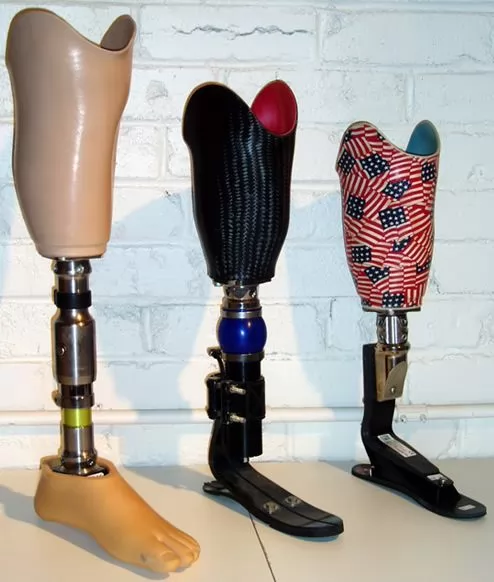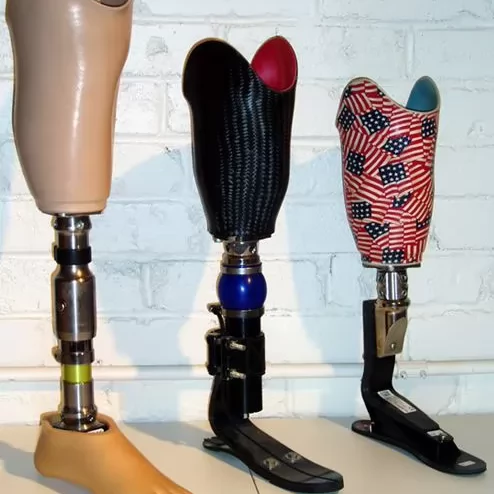What is a Prosthesis?
What is a Prosthesis?
WHAT IS A PROSTHESIS?
A prosthesis is an artificial limb or device used to replace the function of a partially or completely lost limb or organ. Prostheses aim to restore the function of the lost limb either partially or fully and improve the quality of life of the individual. They play an important role in regaining physical activity and daily functionality after amputation.
Types of Prostheses:
Lower Extremity Prostheses: Prostheses designed for lower body parts such as foot, knee, and hip. They support walking, running, and other movements.
Upper Extremity Prostheses: Prostheses for upper body parts such as fingers, hand, and arm. They provide grasping and fine motor skills.
Cosmetic Prostheses: Prostheses that provide a natural appearance visually but are non-functional.
Functional Prostheses: Prostheses designed to provide movement and function. For example, myoelectric prostheses work by detecting muscle signals and imitate hand movements.
Areas of Use:
Post-Amputation: The most common use of prostheses is for individuals who have lost limbs.
Congenital Deficiencies: Prostheses can improve the quality of life for those born with limb deficiencies.
Trauma and Injuries: Used in cases of limb loss caused by accidents or trauma.
Prostheses are custom-designed according to the patient’s needs and manufactured using various materials such as carbon fiber, silicone, and titanium. Thanks to technological advances, prostheses are becoming increasingly functional and user-friendly.
Prostheses are adapted and optimized through the collaboration of a specialized team (orthopedic surgeon, prosthetist, physiotherapist) to facilitate the patient’s life and enable a more independent lifestyle.


